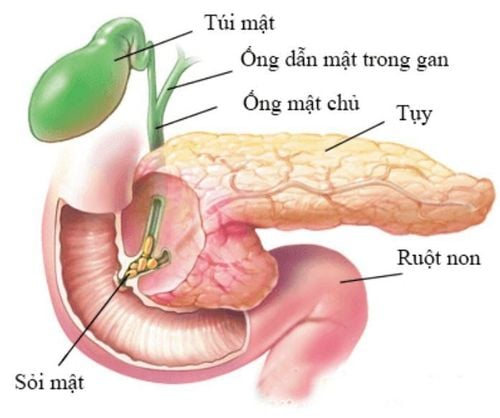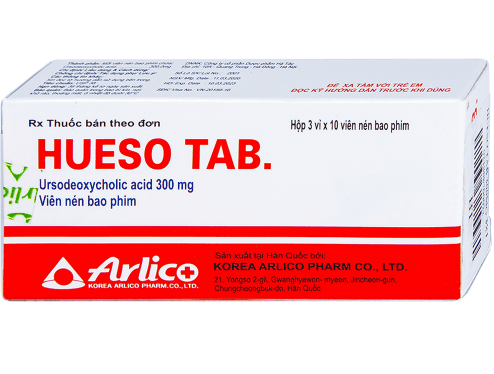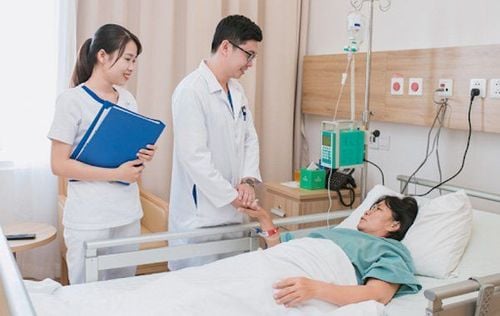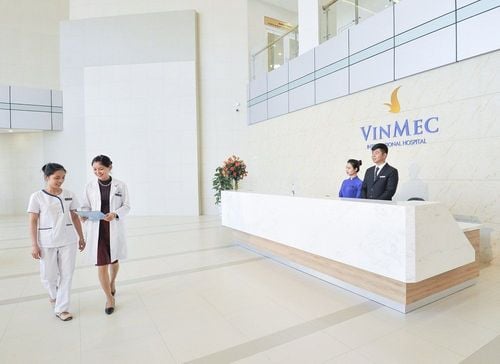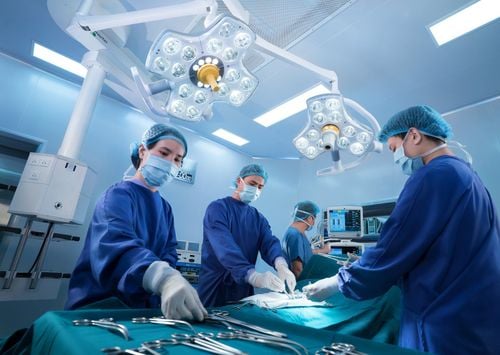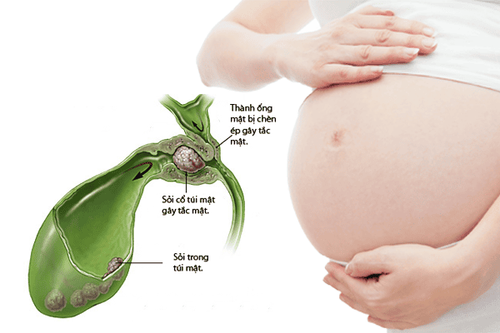This is an automatically translated article.
The article was professionally consulted by Specialist Doctor I Dong Xuan Ha - Gastroenterologist - Department of Medical Examination and Internal Medicine - Vinmec Ha Long International General Hospital. With 14 years of experience in the field of Endoscopy - Gastroenterology, Doctor Dong Xuan Ha has proficiently performed diagnostic gastrointestinal endoscopy techniques, emergency interventions and therapeutic interventions.Stones in the liver, also known as biliary stones in the liver, the disease has very vague symptoms, dangerous complications, can cause many serious life-threatening sequelae if not treated promptly.
1. Symptoms of stones in the liver
Symptoms of stones in the liver are very diverse, not everyone with the disease has the same symptoms. While most cases of gallstones do not cause symptoms, liver stones are quite the opposite.Right from the early stage when the stones are small, the patient may notice some symptoms such as indigestion after eating, bloating, mild pain in the right lower quadrant. These signs are often not obvious, sometimes confusing with stomach disease.
As liver stones move, disease symptoms appear more obvious. Usually, 3 typical symptoms can be noticed as follows:
Right flank colic: The pain located in the right 1/4 corner usually begins suddenly after eating a lot of fat or pain at night, making people feel sick. sleeplessness. The pain can spread to the right shoulder and back causing a lot of discomfort. Hot fever and chills: This is a common sign when there is a biliary tract infection. Patients may have mild fever, smoldering fever or high fever up to 39 - 40 degrees Celsius. Jaundice, yellow eyes, discolored stools: These symptoms are common in biliary obstruction, if these signs are present, they should be quickly. early diagnosis and treatment. In addition, patients may experience symptoms such as loss of appetite, fear of fat, thinness and weight loss.
2. Diagnosis of stones in the liver
Diagnosis of stones in the liver is as follows:Clinically, patients often have an infectious syndrome with fever, upper abdominal pain, sometimes jaundice, Charcot triad accounts for a low rate.
Asymptomatic liver stones were discovered incidentally through imaging tests such as CT Scan, ultrasound...
History of the patient having surgery to remove gallstones or biliary interventions
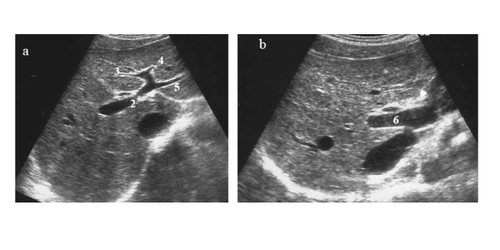
Liver function: TQ, ALT, AST, GGT, Alcaline phosphatase, Bilirubine...
Blood count: Red blood cells, white blood cells, platelets.
Inflammatory and infectious factors: sedimentation, CRP, pro Calcitonin..
Imaging This is a decisive factor in the diagnosis.
Ultrasound: gives images of stones in the liver with high sensitivity and specificity, along with images of stone locations, dilated bile ducts, but the identification of liver abscesses, cirrhosis, biliary strictures, cholangiocarcinoma ... sensitivity and specificity are not high. MRCP (Magnetic Resonance Cholangiopancreatography - Magnetic Resonance Cholangiopancreatography): Accurately diagnose stones in the liver, identify cirrhosis, biliary strictures, abscesses and cholangiocarcinoma. Usually MRCP is indicated for difficult cases, needing accompanying biliary survey, having surgery many times.
3. Treatment of stones in the liver
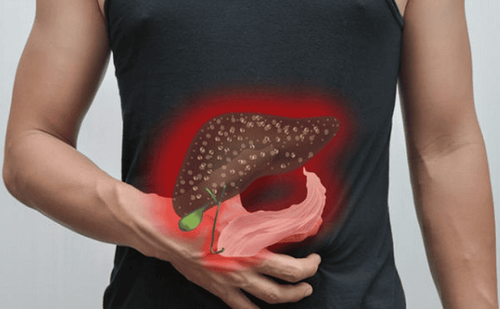
When diagnosed with liver stones, if the stone is less than 5mm, the patient will be carried out maintenance treatment to wait for the stone to move down to the extrahepatic biliary tract, then proceed to remove the stone by other methods.
However, if the stone is larger than 5mm or causes complications, surgery will be indicated.
Endoscopy percutaneous lithotripsy This is the most common medical treatment today, applied in large hospitals to remove stones in the liver. The doctor creates a tunnel wide enough through the abdominal wall to the common bile duct and liver parenchyma to insert the laparoscopic instrument into the lithotripsy.
Endoscopic retrograde cholangiopancreatography (ERCP) In cases of stones in both the common bile duct and the liver, using the ERCP method will help pull the stone down into the duodenum and reduce the pressure in the biliary system, thereby helping to Liver stones are easier to descend into the common bile duct and are easier to remove.
Open surgery to remove stones Open surgery to remove stones is applied when there are too many stones, bands in the hepatic duct, cannot be endoscopically. However, if the patient has cardiovascular disease or blood clotting disorder, this method cannot be applied.
Partial hepatectomy This surgery applies to about 15% of cases of liver stones, which are stones in a single lobe of the liver, causing atrophy, obstruction, and chronic inflammation. This last resort will be indicated when all other treatments have failed, or when the stone is deep in the liver parenchyma.
Currently, Vinmec has applied biliary surgery to treat liver stones with a success rate of over 98%. The method is performed safely with the most modern laparoscopic surgery equipment and experienced doctors.
Please dial HOTLINE for more information or register for an appointment HERE. Download MyVinmec app to make appointments faster and to manage your bookings easily.





